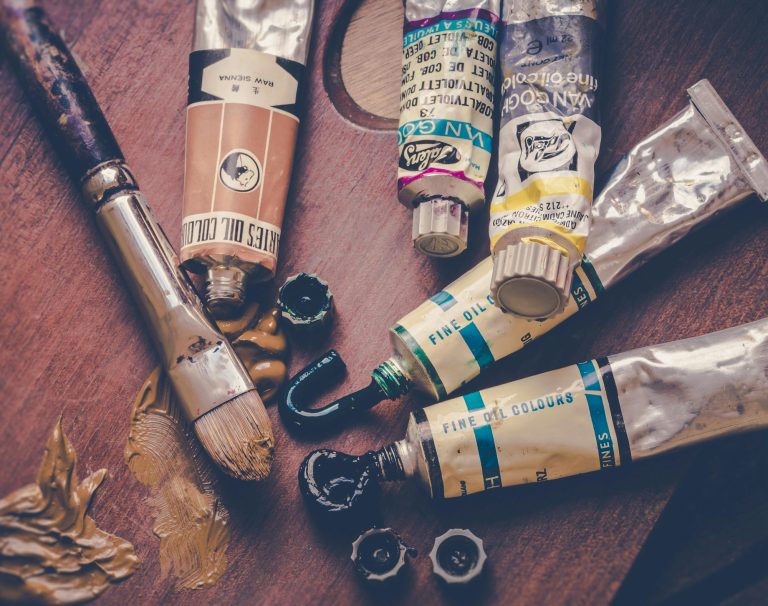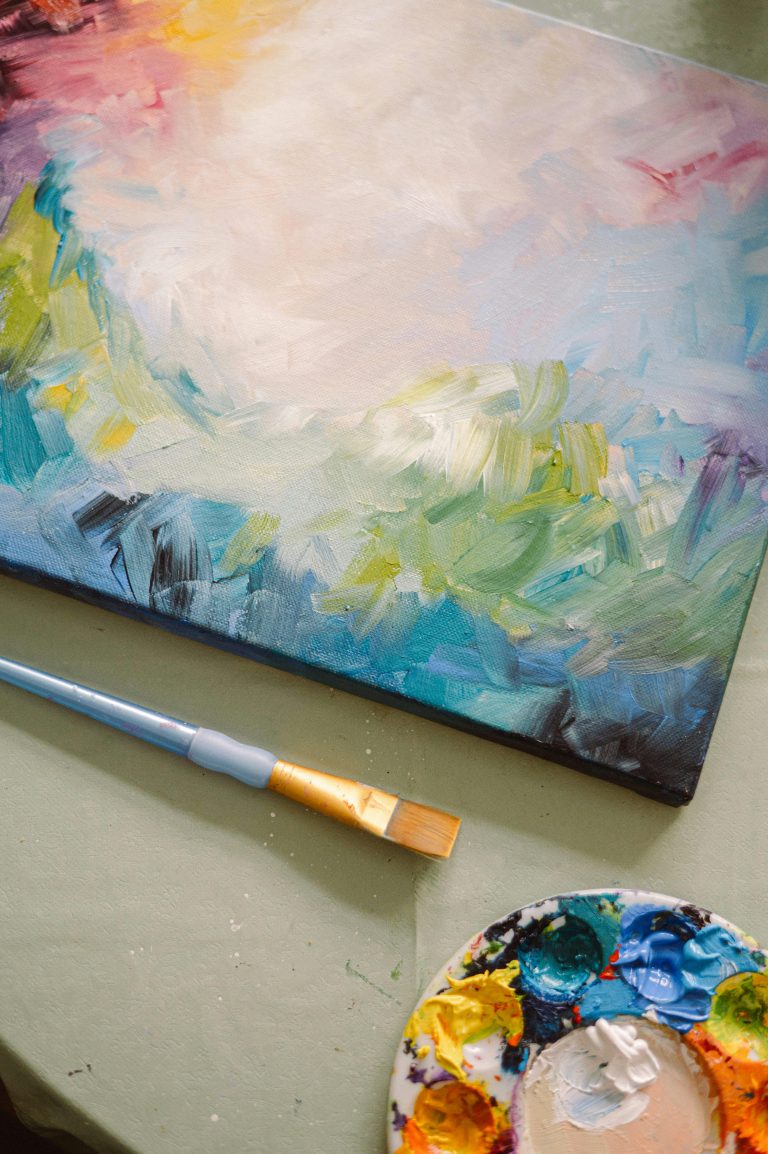Coloring as Calm: The Psychology Behind Filling in the Lines
There’s something deeply soothing about picking up a colored pencil and filling in a blank space. Whether it’s soft florals or bold mandalas, coloring taps into more than just creativity—it activates calm. And it turns out, there’s solid psychology behind why coloring helps us feel more present, more relaxed, and more in control.
A Simple Path to Mindfulness
Coloring naturally draws your attention to the moment. It gives your brain something to focus on without pressure or overthinking. This gentle concentration works similarly to meditation by guiding your mind away from stress and toward a single, calming task.
Structure Creates Safety
Unlike painting or free drawing, coloring has built-in boundaries. The structure of the lines creates a sense of control and predictability—something our brains crave, especially in times of anxiety or uncertainty. When the world feels chaotic, staying inside the lines can feel grounding and secure.
Emotional Release Through Color
Colors hold emotional power. Cool tones like blue and green soothe the nervous system, while warmer tones like orange or yellow can uplift your mood. Choosing and blending colors allows you to express how you feel—sometimes without needing any words.
Why It Works for All Ages
Coloring is often linked to childhood, but its calming effects don’t fade with age. In fact, studies show that coloring can reduce symptoms of stress, anxiety, and even PTSD. For adults, it offers an accessible way to slow down, reconnect with creativity, and experience quiet joy without needing artistic skills.
Final Thoughts
Coloring is more than a hobby—it’s a form of self-care. It invites you to slow down, breathe deeper, and find rhythm in something as simple as a pencil stroke. Whether it’s ten minutes or an hour, each page is a small act of mindfulness.
For more ways to slow down and reset, keep coming back to SootheSync.






